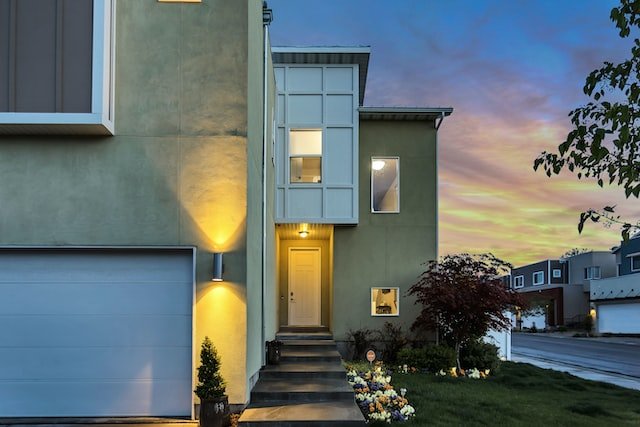Single-storey extensions are a popular way to add more space and functionality to a home. However, it is essential to ensure that the design of the extension maximizes the natural light that enters the space. Natural light can make a significant difference to the ambience and mood of a room, and it can also provide numerous health benefits. Below, we will discuss how to maximize natural light in single-storey extensions.
Incorporate Large Windows and Doors
The most effective way to maximize natural light in an extension is to incorporate large windows and doors. These can be in the form of sliding or bi-fold doors, or even a wall of windows. Large windows and doors will allow maximum sunlight to enter the room and make it feel bright and spacious. When selecting windows, consider their size, style, and placement. It is also important to choose energy-efficient glazing to ensure that the extension remains warm and comfortable during the colder months.
Choose Light Colours and Reflective Surfaces
Light colours and reflective surfaces can help to enhance natural light in an extension. These can include light-coloured walls, flooring, and furniture, as well as reflective surfaces such as mirrors and glossy finishes. Light colours will reflect light and make the room feel brighter, while reflective surfaces can bounce light around the room, further enhancing its brightness.
Install Rooflights
Rooflights are a great way to bring natural light into an extension. They can be installed in a flat or pitched roof and provide an excellent source of overhead light. Rooflights are particularly useful in areas where large windows or doors are not feasible due to privacy or space constraints. When installing rooflights, consider their size, shape, and placement, as well as any shading or glazing options.
Consider a Sunroom
A sunroom is a fully glazed extension that is designed to maximize natural light. It can be a separate room or an extension of an existing room and provides an excellent way to bring the outdoors inside. Sunrooms can be designed with a variety of glazing options, including clear, tinted, or self-cleaning glass, and can be fitted with blinds or shading options for additional control over light and privacy.
Use Light-Filtering Window Treatments
Window treatments can be used to filter natural light and create a softer, more diffused effect. Light-filtering options such as sheer curtains, blinds, or shades can be used to control the amount of light that enters the room while still allowing natural light to filter through. This can be particularly useful in areas where privacy is a concern, such as bathrooms or bedrooms.
Also read: Essential Factors to Consider When Buying Outdoor Furniture
Ensure Adequate Artificial Lighting
While natural light is essential, it is also important to ensure that the extension has adequate artificial lighting. This will ensure that the room remains functional and comfortable during the darker hours of the day. When selecting artificial lighting, consider the type of light, the placement of fixtures, and their energy efficiency. LED lighting is an energy-efficient option that can provide a bright, warm light.
Maximizing natural light in single-storey extensions is essential for creating a bright, spacious, and comfortable living space. Incorporating large windows and doors, choosing light colours and reflective surfaces, installing rooflights, considering a sunroom, using light-filtering window treatments, and ensuring adequate artificial lighting are all effective ways to achieve this goal. By following these tips, you can create an extension that maximizes natural light and enhances the overall quality of life in your home.
